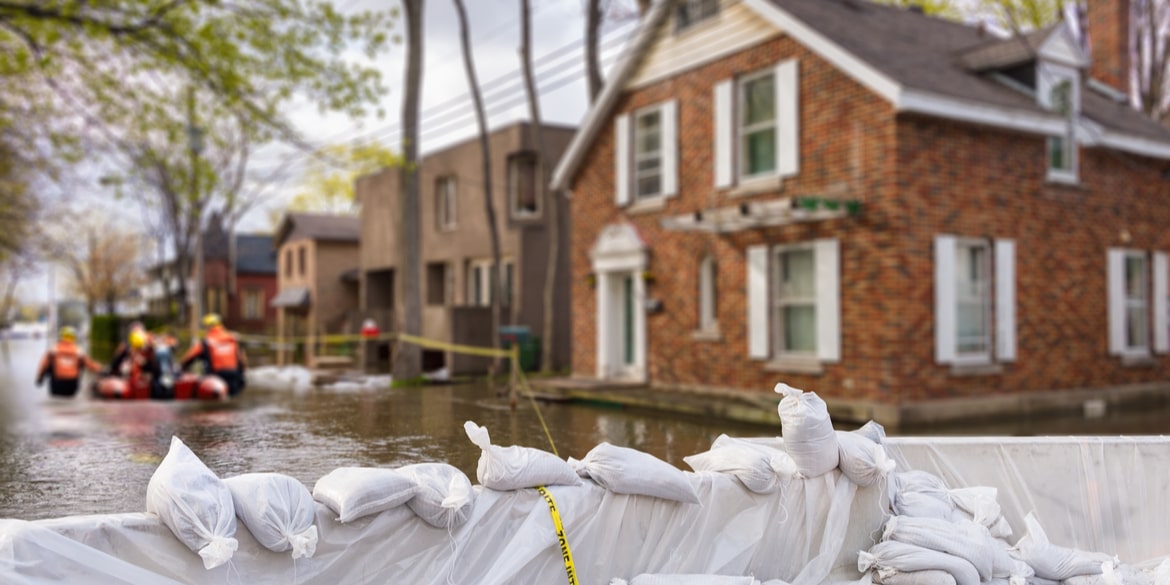
1. Protect airbricks from flooding by using vent guards – These can be administered in a few minutes and most designs are suitable for recurrent use. Vent guards vary in size and are designed to cater for single and double air bricks.
2. Sealing all cracks and weep holes – Weep holes are created during construction to allow for ventilation, sealing these will reduce the water penetration rate and is a relatively cost effective method. However, this requires careful application using a water resistant formula, if weep-holes are permanently covered there is increased risk of future damp problems. Cracks can occur as a building settles so these may require further investigation.
3. Further protection can be added by re-pointing brickwork to fill any holes or cracks. This method is unobtrusive but it the brickwork does need to be in good condition for it to be effective.
4. Installation of flood proof doors can restrict the damage of water by stopping the flow from one room to another. It is important to highlight that even if a product conforms it is not necessarily suitable for all buildings, check with your chosen manufacturer.
5. Installing demountable flood protection barriers is a temporary solution. Manufacturers are able offer expandable flood gate designs suitable for buildings of varying size and style that do not require pre-drilling of the door frame.
6. It is possible to protect drainage systems by excavating a new manhole outside of a property and fitting it with a non-return sewage valves to eliminate water flowing back once down the drain. Although effective, this method can be expensive and time consuming – check to see if you’re eligible for financial support through the repair and renew grant scheme.
7. An intrusive method would be tanking; the process of applying a waterproof membrane internally or externally to protect the property. Internally applied tanking is popular for existing basements and if newly excavating a basement under an existing building. External tanking is applying the membrane during construction to the outside of a basement or substructure to prevent water from entering.
8. Raising plug sockets and fuse boxes to a higher level within your property will help to protect electrical installations against low level flooding. Damp-proof courses can also be elevated to offer increased protection particularly in when constructing new builds.
9. Pump and sump systems can be installed to help drain water from below ground floor level at a rate faster than it rises. This would need to be installed to the property before flooding occurs and activated when a flood occurs.
If your property is located in a flood prone area, you should seek professional advice from your local authority to establish the best methods of flood protection based on your location, risk and budget. To assist with costs for required works, grants of up to £5,000 are available from the government for properties which have previously been affected by flooding. You can find out more about eligibility of the repair and renew grant scheme here.
Nick Starling, Director of General Insurance at ABI (Association of British Insurers) describes;
“Flooding is the greatest natural threat facing the UK. The risk is rising, so political consensus and commitment on investment in flood defences, sensible planning decisions and working with the insurance industry is essential”
Check if your property is in a flood risk area using your postcode on the environment agency’s UK flood map.